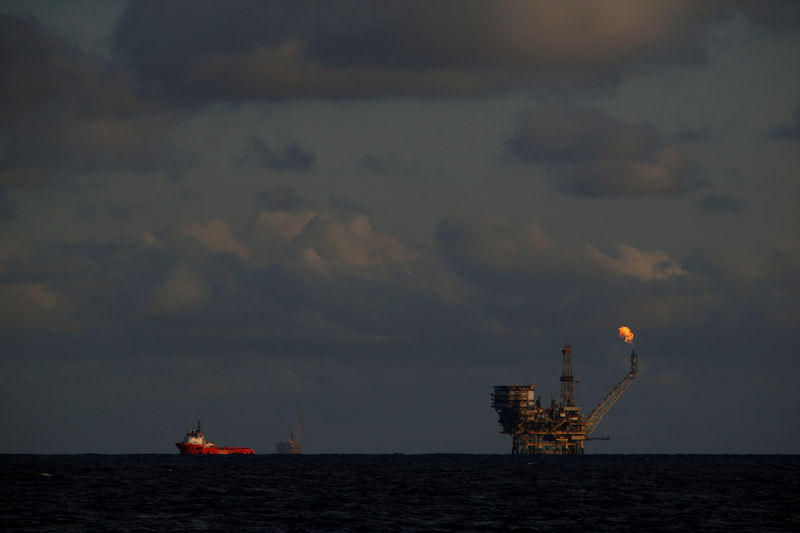By Amanda Cooper
LONDON (Reuters) - Electric vehicles and more efficient fuel technology will cut transportation demand for oil by 2040 more than previously expected, but the world may still face a supply crunch without enough investment in new production, the International Energy Agency (IEA) said on Tuesday.
Oil demand is not expected to peak before 2040, the Paris-based IEA said in its 2018 World Energy Outlook.
The IEA's central scenario is for demand to grow by around 1 million barrels per day (bpd) on average every year to 2025, before settling at a steadier rate of 250,000 bpd to 2040 when it will peak at 106.3 million bpd.
"In the New Policies Scenario, demand in 2040 has been revised up by more than 1 million bpd compared with last year’s outlook largely because of faster near-term growth and changes to fuel efficiency policies in the United States," the agency said.
The IEA believes there will be around 300 million electric vehicles on the road by 2040, no change on its estimate a year ago. But it now expects those vehicles will cut demand by 3.3 million bpd, up from a previous estimated loss of 2.5 million bpd in its last World Energy Outlook.
"... Efficiency measures are even more important to stem oil demand growth: improvements in the efficiency of the non-electric car fleet avoid over 9 million bpd of oil demand in 2040," the IEA said.
Oil demand for road transport is expected to reach 44.9 million bpd by 2040, up from 41.2 million bpd in 2017, while industrial and petrochemical demand is forecast to reach 23.3 million bpd by 2040, from 17.8 million bpd in 2017.
All global oil demand growth will stem from developing economies, led by China and India, while demand in advanced economies is expected to drop by more than 400,000 bpd on average each year to 2040, the IEA said.
The IEA, which advises Western governments on energy policy, maintained its forecast for the global car fleet to nearly double by 2040 from today, growing by 80 percent to 2 billion.
On the supply side, the United States, already the world's biggest producer, will dominate output growth to 2025, with an increase of 5.2 million bpd, from current levels around 11.6 million bpd.
From that point onwards, the IEA expects U.S. oil production to decline and the market share of the Organization of the Petroleum Exporting Countries will climb to 45 percent by 2040, from closer to 30 percent today.
New sources of supply will be needed whether or not demand peaks, the agency said.
"The analysis shows oil consumption growing in coming decades, due to rising petrochemicals, trucking and aviation demand. But meeting this growth in the near term means that approvals of conventional oil projects need to double from their current low levels," IEA director Fatih Birol said.

"Without such a pick-up in investment, U.S. shale production, which has already been expanding at record pace, would have to add more than 10 million bpd from today to 2025, the equivalent of adding another Russia to global supply in seven years – which would be an historically unprecedented feat."